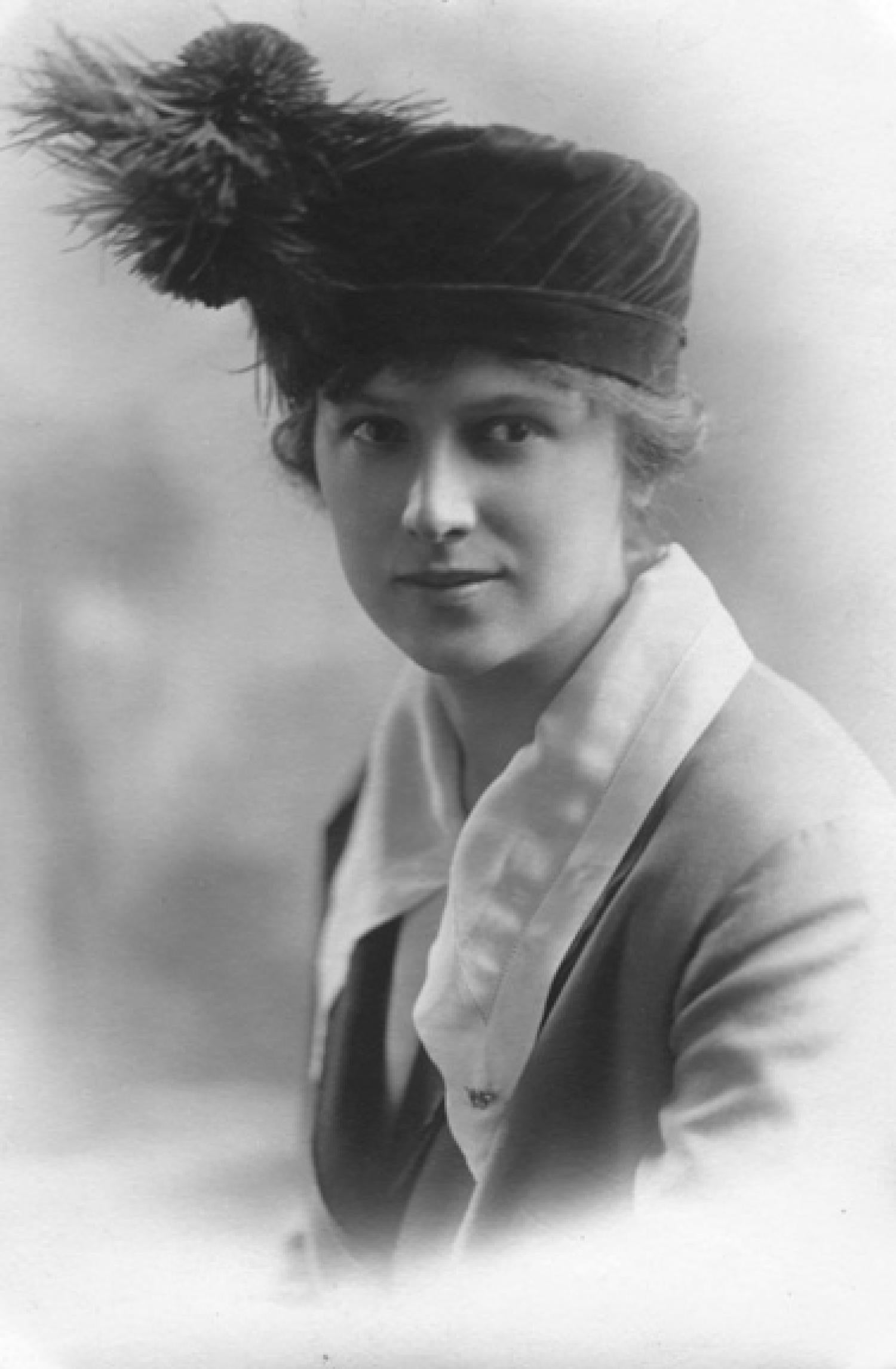
China Exhibit Features Revolution

Lelia Hinkley received the George Norlin award in 1971 for her remarkable service in China.
When Lelia Hinkley (A&S’1915) arrived in Peking, China, in 1921, she was greeted by a famine that placed nearly 20 million Chinese teetering on the brink of starvation.
But amid the extreme suffering, Hinkley found a country in the throes of a tremendous social revolution. During the 1920s, women, many hobbled by foot binding, gained acceptance to the national university as well as to positions in city governments.
Fueled by the advancement of women’s rights, the pioneering CU graduate worked as secretary of the national board of the YWCA, immersing herself in a culture undergoing profound social change with the fall of the imperial family in 1912. Serving rural areas often reachable only by donkey, she spent 30 years establishing medical clinics, playgrounds and free schools in impoverished areas. She survived two and a half years in a Japanese internment camp, returning to Peking 30 pounds lighter when released.
Hinkley’s remarkable stories told through her photos, collection of exquisite textiles and impeccably detailed letters are part of the “Americans in a Changing China: 1920-2008” on display in the CU Heritage Center, the university’s history museum. Running through Feb. 26, 2010, the exhibit includes views of more recent change in China. An exhibit on loan from Bates College Museum of Art and the Smithsonian Institution Traveling Exhibition Service from April 11 to June 7 illustrates the country’s development during the past 25 years through the lenses of seven Chinese photographers. A study abroad component focuses on today’s CU student experience in China.
“One of the missions of the Heritage Center is to increase appreciation for the university’s human heritage, and being a part of the Alumni Association gives us the extraordinary opportunity to focus on an alum and her courage and love for the Chinese people,” says Kay Oltmans (MComm ex’75), director of the Heritage Center. “The exhibit encompasses three eras of change in China, which seems like a timely subject as China and its status on the international stage is changing so rapidly.”
Hinkley’s experience, however, anchors the exhibit, and you cannot help but wish you knew her. She was no armchair ex-pat but an active participant in a dramatic period in China’s history. Her sense of adventure and curiosity perhaps are best captured in one of her letters describing encroaching communism and social change. It ends by her remarking, “It’s a thrilling age to be living, isn’t it?”

